
All News


A new study from Sweden cautions against routine discontinuation of renin-angiotensin system (RAS) inhibitors in patients with chronic kidney disease (CKD).

Chimeric antigen receptor (CAR) T-cell exhaustion likely stems from chemotherapy prior to transplant, noted Michael R. Green, PhD, University of Texas MD Anderson Cancer Center.
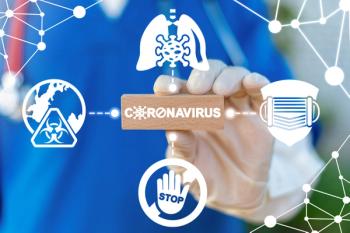
Coronavirus disease 2019 (COVID-19) dominated 2020. This is a look back at how the pandemic evolved and progressed through the year, which closed with the arrival of vaccines, but also continued challenges.
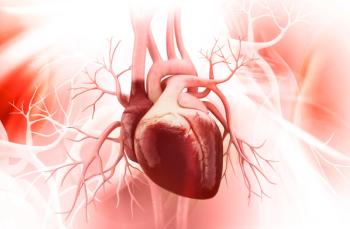
A “dose-response” relationship may exist between migraine and patent foramen ovale (PFO), according to a review published in Frontiers in Neurology.

Through neoadjuvant chemotherapy we can downstage tumors, assess drug efficacy, and better segregate women by prognosis status for adjuvant treatment, explained Alexey Aleshin, MD, senior medical director of Oncology at biotech giant Natera.

In an unexpected finding, patients with psoriasis showed similar hand impairment to patients with psoriatic arthritis and rheumatoid arthritis.

Among children who underwent unilateral cataract removal in infancy, risk of glaucoma-related adverse events continues to increase with longer follow-up and is not associated with primary intraocular lens (IOL) implementation, according to research published in JAMA Ophthalmology.

Several economic benefits stem from engaging in care soon after HIV transmission and maintaining viral load suppression, noted Milena Murray, PharmD, MSc, BCIDP, AAHIVP, associate professor, Midwestern University College of Pharmacy.

Slowing progression of chronic kidney disease can help mitigate adverse outcomes in minority populations, said Guofen Yan, PhD, associate professor of biostatistics in the Department of Public Health Sciences at the University of Virginia School of Medicine.

This approach allows clinicians to keep using existing prediction models and incorporate chronic kidney disease (CKD) data seamlessly to calibrate patients' risks, said Kunihiro Matsushita, MD, an associate professor in the Department of Epidemiology and Division of Cardiology at Johns Hopkins University.

Using advanced machine learning models, researchers in China were able to accurately predict incidence of gestational diabetes among pregnant women during their first trimester.
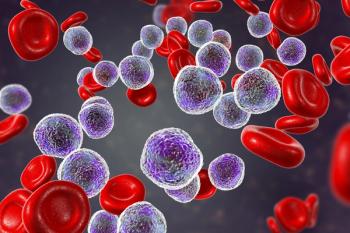
A small pilot study could point the way to a new option for patients with B-cell acute lymphoblastic leukemia (B-ALL) who experience cytokine release syndrome (CRS) that cannot be cured with the standard therapy.
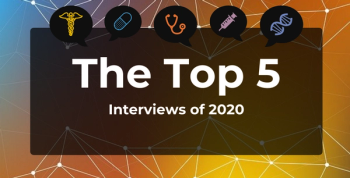
In 2020, the top 5 most-watched interviews published on AJMC.com addressed a myriad of different issues within breast cancer, cardiology, and HIV, with additional perspectives on the coronavirus disease 2019 pandemic.

One guideline focuses on managing severe asthma and the other begins with recommendations for mild intermittent asthma before increasing based on disease severity, noted Megan Althoff, MD, PhD, University of Colorado.

The top 5 most-read sleep stories of 2020 on AJMC.com spotlighted the role of sleep hygiene among children and adolescents, changes in sleeping habits amid the pandemic, and how a rare gene mutation may cause people to require less sleep to achieve wakefulness.
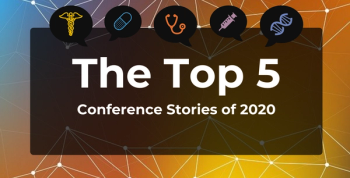
The top 5 most-read conference stories of 2020 on AJMC.com included stories about study results on the impact that new therapies are having on cardiovascular and renal health.
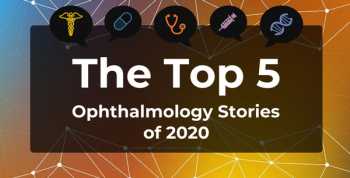
In a year in which health care professionals were forced to alter treatment plans to adjust to an ongoing health crisis, the majority of our most popular ophthalmology stories of 2020 involved the intersection of ophthalmologic care and coronavirus disease 2019.
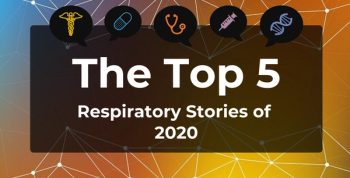
The top 5 most-read respiratory stories of 2020 on AJMC.com largely focused on the treatment options and risks associated with idiopathic pulmonary fibrosis (IPF) as well as how mental health and asthma are related.

Migraine accounts for many billions of dollars in direct and indirect health care costs, said Peter McAllister, MD, a neurologist, board certified headache specialist, and medical director of the New England Institute for Neurology and Headache.

Tomatoes metabolically engineered to be enriched by the antiparkinsonian drug levodopa may provide a novel, cost-effective source of the drug for patients with Parkinson disease.
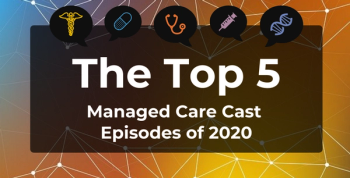
The top 5 most listened-to podcasts spanned a range of health topics, including key 2020 election concerns among stakeholders, the use of applied machine learning to predict health care utilization, and real-world evidence on biomarker testing in colon cancer.

In a cohort study of nurses, irregular and long menstrual cycles throughout life were associated with a greater risk of type 2 diabetes (T2D).
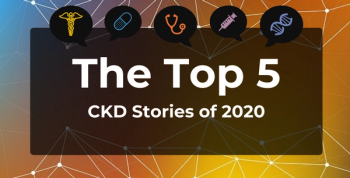
Two story lines predominated renal news in 2020: coronavirus disease 2019's effect on the kidneys and the overwhelming benefits of sodium-glucose cotransporter 2 inhibitors for those with chronic kidney disease and type 2 diabetes.

Researchers discuss recent insights on the relationship between sleep-disordered breathing (SDB) and atrial fibrillation (AF), particularly how proper SDB management can reduce the incidence, burden, and recurrence of AF.
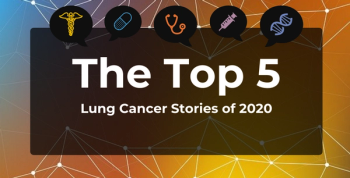
This year’s top 5 most-read stories in lung cancer were overrun by non–small cell lung cancer drug trial results and FDA action.

Recent study findings highlight mixed results following use of this medication among Mississippi and Massachusetts Medicaid beneficiaries.

The coronavirus disease 2019 (COVID-19) pandemic dominated headlines for much of 2020, and most of the top 5 multiple sclerosis articles of this year discussed the effects of COVID-19 on patients with this disease. Others touched on physician and patient assessments of relapse and potential new treatments for neural damage.

Immunosuppressed patients who had an autoimmune disease (AD) were significantly less likely to develop severe acute respiratory distress syndrome (ARDS) compared with patients who were not immunosuppressed and did not have an AD.
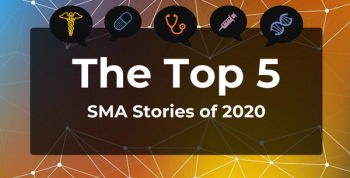
The top 5 most-read stories about spinal muscular atrophy (SMA) of 2020 on AJMC.com focused on a new treatment option for SMA and whether gender or gene mutations have any effects on the disease.




